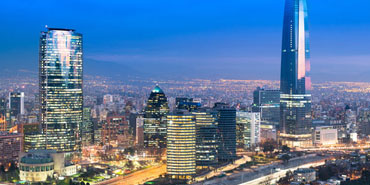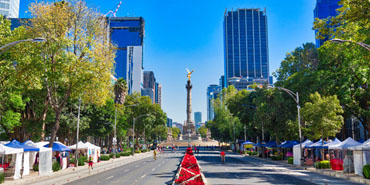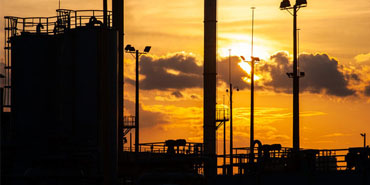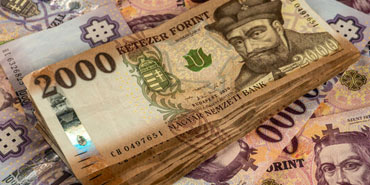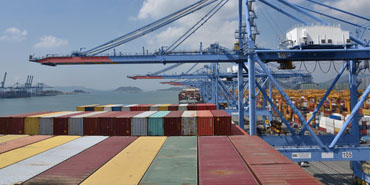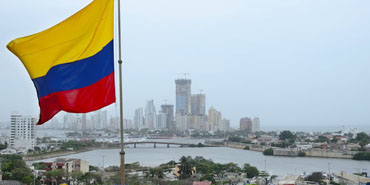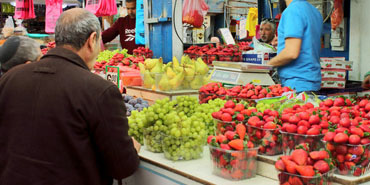At the beginning of May, Colombia experienced a series of unfortunate events, including protests against an increase in taxes but also against the growing inequality that has been exacerbated due to the Covid crisis. As a consequence, Colombia suffered degradation in its rating to “BB+” from “BBB-“, as did some firms.
During May and July, S&P and Fitch downgraded Davivienda’s rating from BBB- to BB+. Although both confirm a stable outlook, Davivienda wants to return to its initial levels - and this quarter proved that it is on the right path.
In this quarter, net profits reached a total of 432.3 billion Colombian pesos (COP), increasing by COP 331.0 billion compared to the previous quarter. This amazing growth not only represents the return to pre-pandemic levels, but net profits were surpassed by a landslide compared to 2Q19. In 2Q21, net profits were 1.9 times bigger than the second quarter of 2019. This improvement was mainly driven by the reduction in net provision expenses, higher loan interest, and investment income. Accumulated profits amounted to COP 533.5 billion.
Net operating income ended at COP 366.6 billion in 2Q21. Overall operating income remained stable in comparison to the previous quarter (down 0.2%).
According to the financial entity, the 12-month cost of risk closed at 3.76%, decreasing 35 basis points compared to the figure reported in the previous quarter. The reduction reveals a better landscape on macroeconomic variables in Colombia and Central America.
Total Capital Adequacy Ratio amounted to 18.64%, representing a steep increase of 196 bps compared to the previous quarter. This reflects the issuance of a perpetual bond (AT1) and higher profits. The Common Equity Tier 1 closed at 12.04%.
The 12-month net interest Margin stood at 6.08%, experiencing a reduction of 21 bps over the year, mostly explained by lower interest rates and lower investment income. Even so, the annualized quarterly NIM rose 83 basis points compared to the first quarter of 2021.
The bank highlighted the results from Daviplata, its digital option. At the end of the second quarter, Daviplata reached a total of 12.7 million, of which 5.3 million possess other banking products, 4.4 million have Daviplata as their only active financial product, and 3 million are common customers with Davivienda.
Electronic deposits grew 1.7 % in comparison to 2Q20 and reached a total of COP 563 billion.
When the pandemic began to expand in March of 2020, Davivienda launched a comprehensive strategy to support its clients through some relief measures. In June, some of these measures continued.
In addition to the solid results reported in the income statement, the balance sheet showed an improvement too.
Assets totaled COP 140.1 trillion, which represents an increase of 3.0% compared to the first quarter. If the effects of the Colombian peso depreciation are excluded, assets would have increased 2.5%.
Cash and interbank funds closed at COP 11.3 trillion, increasing 12% in comparison to the previous quarter. Gross Loans went up by 2.6%, reaching COP 111.0 trillion, mainly due to the growth in the commercial portfolio as well as the expansion of the mortgage portfolio.
The commercial portfolio rose COP 1.5 trillion, growing 3.5% compared to the first quarter. This improvement is explained largely by the increased disbursements in the corporate segment in Colombia.
Consolidated equity totaled COP 13.5 trillion in June 2021, rising 3.8% compared to the first quarter of 2021.
As of June 2021, Davivienda operated in 6 countries, of which 5 of them are in Latin America - so the outlook for LA is important.
Return on equity is an important measure of efficiency and profitability of a firm in relation to the equity provided by the shareholders, so it’s important to point out Davivienda’s ROAE. The company’s ROAE experienced a major upswing, going from 3.2 to 13.1.
The economic activity in Colombia registered an important recovery in some industries. The Economic Activity Index recorded a 12.09% increase in domestic activity during April-May compared to the same period last year.
Also, there is good news regarding Central America, especially in El Salvador, where the first-quarter GDP grew 3.04% and in Honduras where it rose 1.26%, both compared to 2Q20. On the other hand, Costa Rica and Panama suffered moderate contractions mainly due to the negative performance in their sectors.






